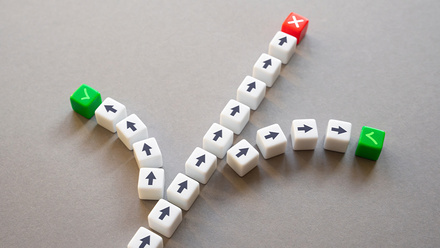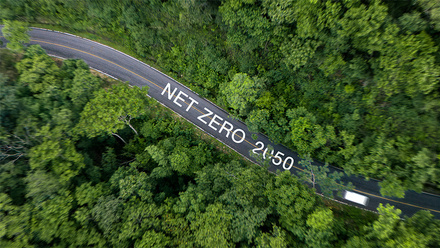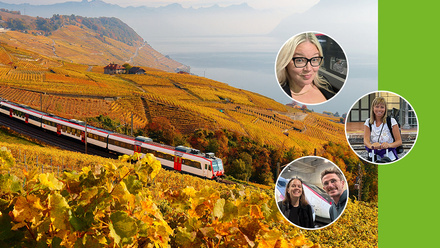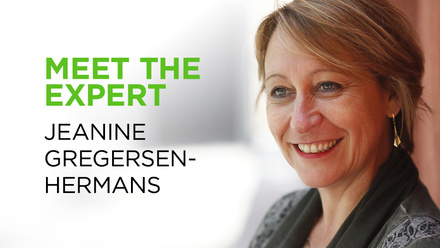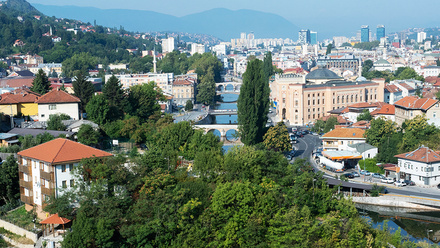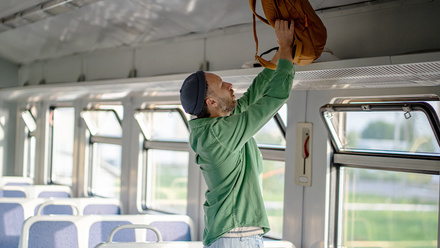Sailing ahead: The resilience of Northern Marianas College
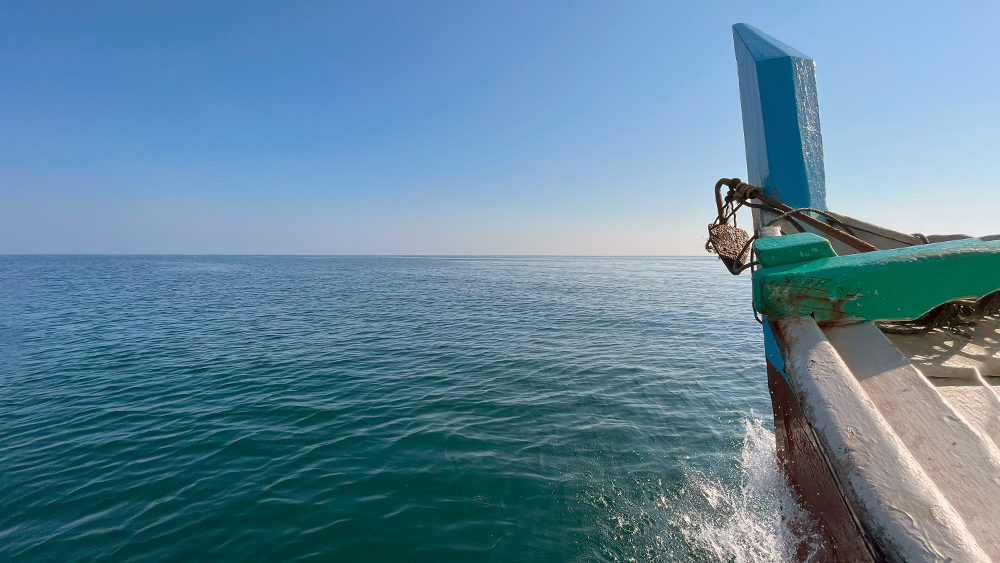
The indigenous Chamorros and Carolinians of the Commonwealth of the Northern Mariana Islands (CNMI) share a rich legacy of seafaring. For hundreds of years, long before the arrival of European explorers, they navigated thousands of miles across the Pacific, guided by traditional celestial wayfinding, rooted in island wisdom handed down for generations, and driven by the vision to chart their way to unseen destinations that lie just beyond the horizon. It is a legacy that teaches the people of the CNMI that the ocean does not divide the people of the islands; it unites them. It is a legacy that lies at the heart of the mascot for Northern Marianas College, the Chamorro proa, reported by 16th century Spanish explorers to have been the fastest and most agile seafaring vessel of that time.
In recent years, the college’s proa and the entire CNMI have sailed through turbulent waters that would have sunk most vessels.
Since its founding in 1981, Northern Marianas College has been the only public institution of higher learning serving the CNMI. With two-year and four-year degrees and certificate programmes, the college is the lead workforce development institution in the islands, having trained most of the islands’ teachers, nurses, law enforcement officers, hospitality leaders, government officials and entrepreneurs.
In recent years, the college’s proa and the entire CNMI have sailed through turbulent waters that would have sunk most vessels: 2018’s Super Typhoon Yutu, which destroyed 85% of the college’s main campus; a global pandemic that hit in 2020, just as the college and the CNMI were beginning to recover from Yutu; and geopolitical forces that disrupted shipping and supply chains. The latter of which undermined the CNMI’s cornerstone tourism industry and reduced tax revenues in the CNMI, forcing businesses and government offices, including the college, to cut hours and reduce pay. However, despite it all, the college’s proa did not sink. Instead, the college secured millions of dollars in grants to rebuild its campus, quickly pivoted to online learning during the pandemic lockdowns, and increased enrolment numbers and expanded academic programs in order to avoid furloughs and layoffs. Indeed, rather than sinking, the college’s proa continues to sail ahead, lifting the tide for everyone.
We kept moving forward and working together despite what happened, and I think that was part of the reason as to why Saipan and its people were able to adapt and recover.
So how did the leaders, faculty, staff and students keep Northern Marianas College’s proa sailing ahead? The answer is rooted in what the indigenous Chamorros call inafa' maolek and the indigenous Carolinians call tipeey. Roughly translated, these cultural values encourage people to work together in harmony towards improving their communities. Instead of finding blame, the island wisdom of the CNMI drives people to find solutions, all grounded in respect and the kind of resourcefulness that comes from living on small islands with limited resources. As Dr Jim Kline, a professor of psychology at the college, learned from working with his students, "Ultimately, respect for one’s neighbour and for one’s island community is the key to surviving such major catastrophes."
One student, Vaughn Mallari, recalled the inafa' maolek and tipeey of the islands being clearly demonstrated soon after one of the typhoons. "While most trees near our home had fallen atop the only road leading out of the neighbourhood, cutting us off from the rest of Saipan, my family and I spent half the day after the storm working together with all of our neighbours, clearing out the road and removing debris from houses." Mallari added, "It felt … like our community as a whole banded together to help each other during this time, providing water, food, clothes, and other important supplies." Moreover, while the road to recovery was long and slow, Mallari noted, "I felt it was easier to go through since everyone was more caring and concerned about each other's well-being throughout the entire year. We kept moving forward and working together despite what happened, and I think that was part of the reason as to why Saipan and its people were able to adapt and recover."
This island wisdom continued through the COVID-19 pandemic. As another student, Queenie Tamayo remembered, "COVID was definitely a difficult time for everyone and, with the typhoon, undoubtedly posed some of the most formidable challenges in our lives." However, she recognised that the challenges also brought out the best in the island community. As Tamayo put it, "They also revealed our capacity to adapt, persevere, and find new solutions in the face of difficulties."
For another student, Fritz Trinidad, it helped to find solidarity in the shared experience. According to Trinidad, "I'm thankful that we all got to experience this challenge together." Moreover, they stated, "I'm glad that we're all safe and that all that we experienced was something we can always look back on and see how far we've all come in adapting to life's challenges."
Despite these tensions, the people of the islands found the wherewithal to build a vibrant economy, achieve a considerable degree of self-governance and protect the cultural heritage that had sustained the islands for generations.
The key to that resilient adaptability lies in the harmony at the centre of the indigenous values of inafa' maolek and tipeey. As another student, Rabeya Akter, shared, "The challenge was easier to overcome as a united and caring community." In short, Akter noted, "Unity does make everything easier."
That unity, or the inafa' maolek and tipeey, may be rare and even anachronistic at a time when national and international tensions are proving to be more divisive and polarising than ever. However, this is not the first time that the Mariana islands have endured divisive and polarising threats from abroad. The indigenous Chamorros and Carolinians survived hundreds of years of colonial rule under the Spanish, the Germans and the Japanese, which almost wiped out entire languages, cultures and populations. Those centuries of imperial colonialism were only brought to an end by the Second World War, whose battles on the islands were some of the most horrific in the Pacific theatre of the war. And not long after the Second World War, the islands found themselves in the crossfires of the Cold War, subjecting the Marianas to the shifting tides of superpowers on the brink of global annihilation. Despite these tensions, the people of the islands found the wherewithal to build a vibrant economy, achieve a considerable degree of self-governance and protect the cultural heritage that had sustained the islands for generations. Through it all, just as their ancestors navigated thousands of miles across the Pacific, the indigenous Chamorros and Carolinians have navigated centuries of rough waters by counterbalancing that instability with a shared cultural commitment to harmony. That inafa' maolek and tipeey is what has kept their proa afloat and sailing ahead.
Perhaps, then, there is a lesson to be learned from the people and the cultures of the Northern Marianas, especially during these contentious times. It is a lesson that leaders, faculty, staff and students at Northern Marianas College live every day as they build a new campus, launch new initiatives and sail towards a bright, new future. The work is grounded in a participatory governance model that engages all internal and external stakeholders in meaningful dialogue about how to collectively overcome challenges and embrace opportunities. Whether it be constructing five new buildings as part of a new facilities master plan — including a state-of-the-art student centre set to open doors in time for the 2025-2026 academic year, stepping up to serve as the hub for the CNMI Green Growth Initiative, which aims to achieve the United Nations 17 Sustainable Development Goals — or cultivating the workforce of tomorrow with innovative programs in Artificial Intelligence, cybersecurity, and broadband technology, the college demonstrates what is possible when the community works together, in harmony, for the good of all.
Ultimately, just as islanders recognise that they can only thrive when their neighbours thrive, perhaps the world can learn from this island wisdom when confronting the global challenges that affect all of us. Or, to paraphrase and localise the sage advice of Dr Martin Luther King Jr, "We may have all come on different ships, but we’re all in the same proa now."

